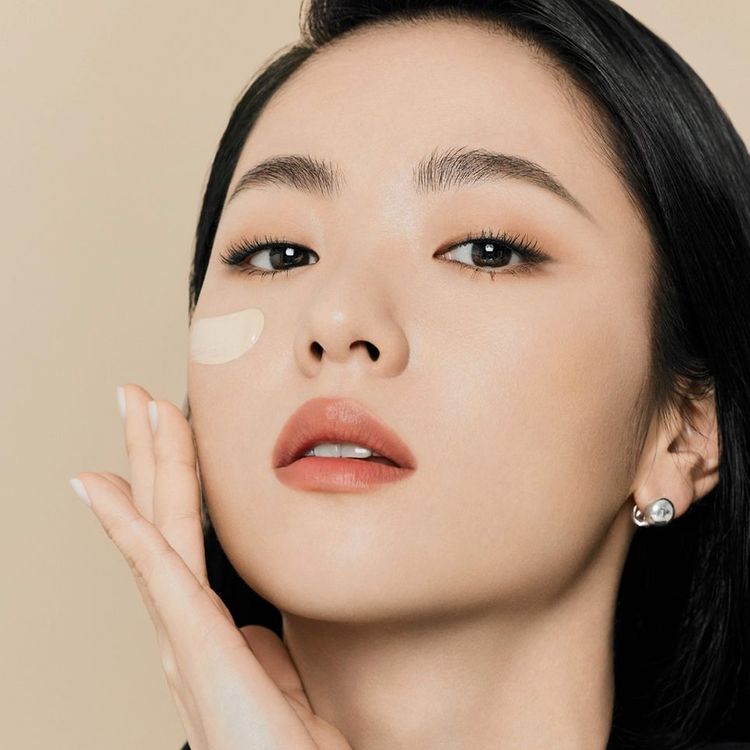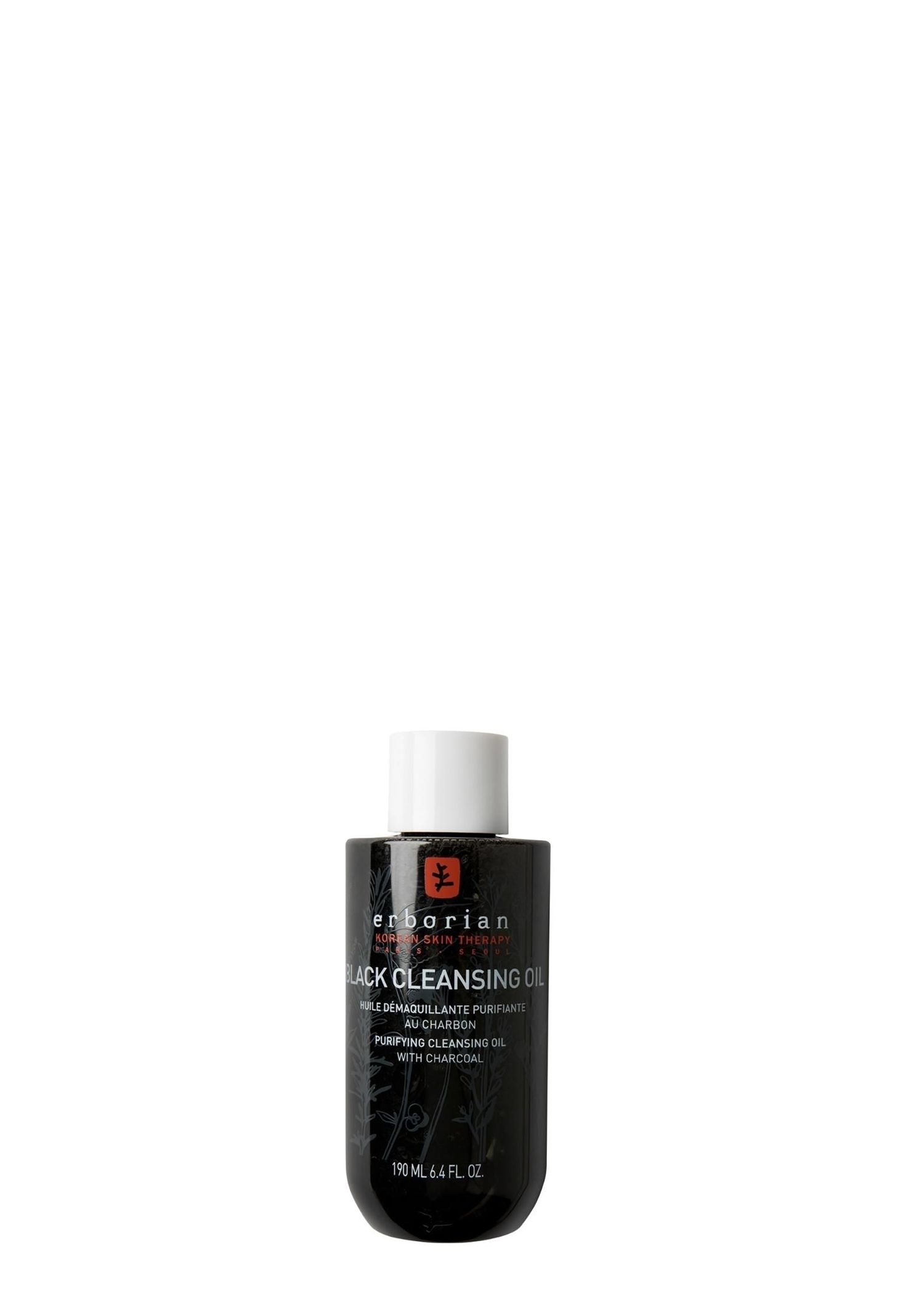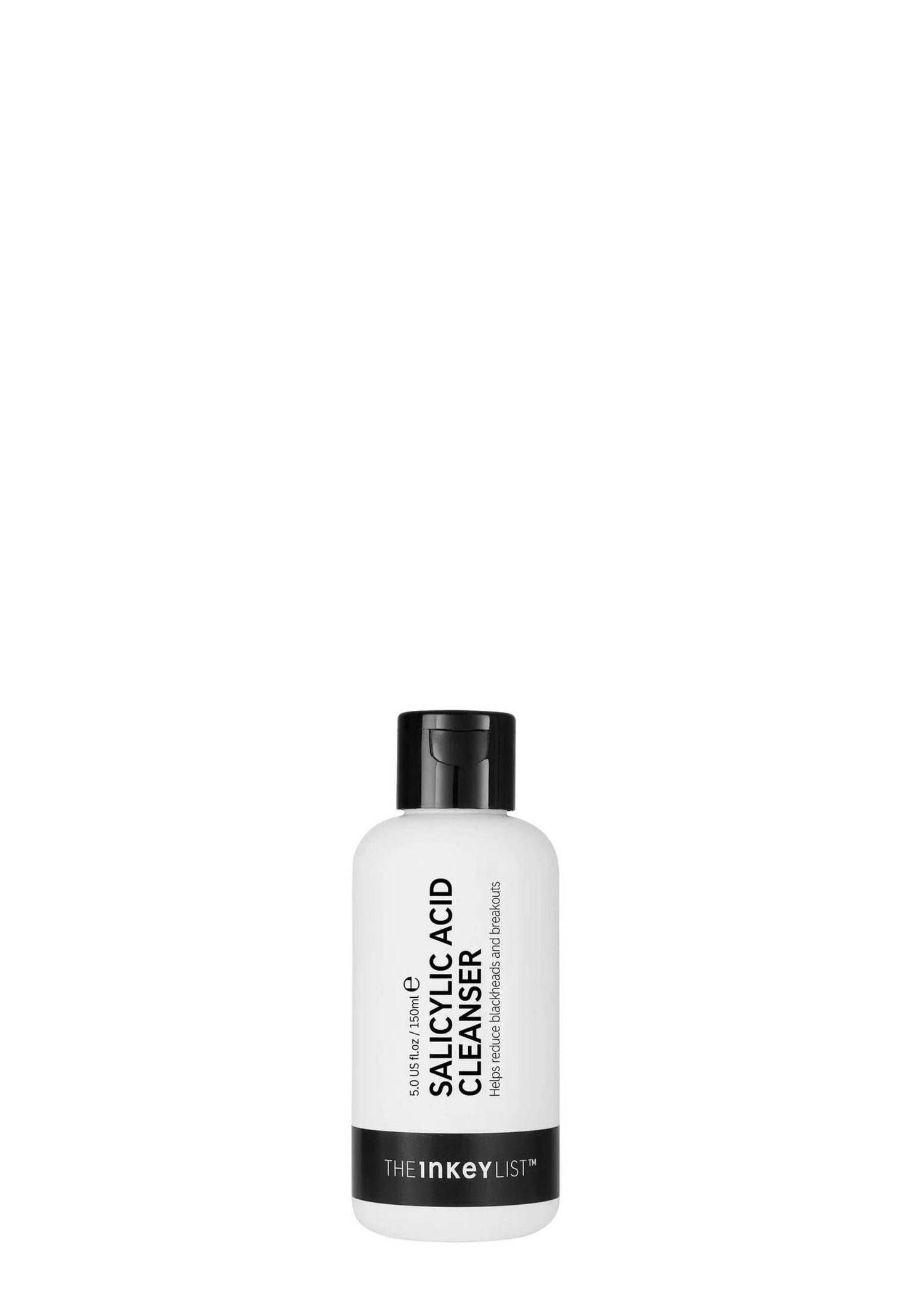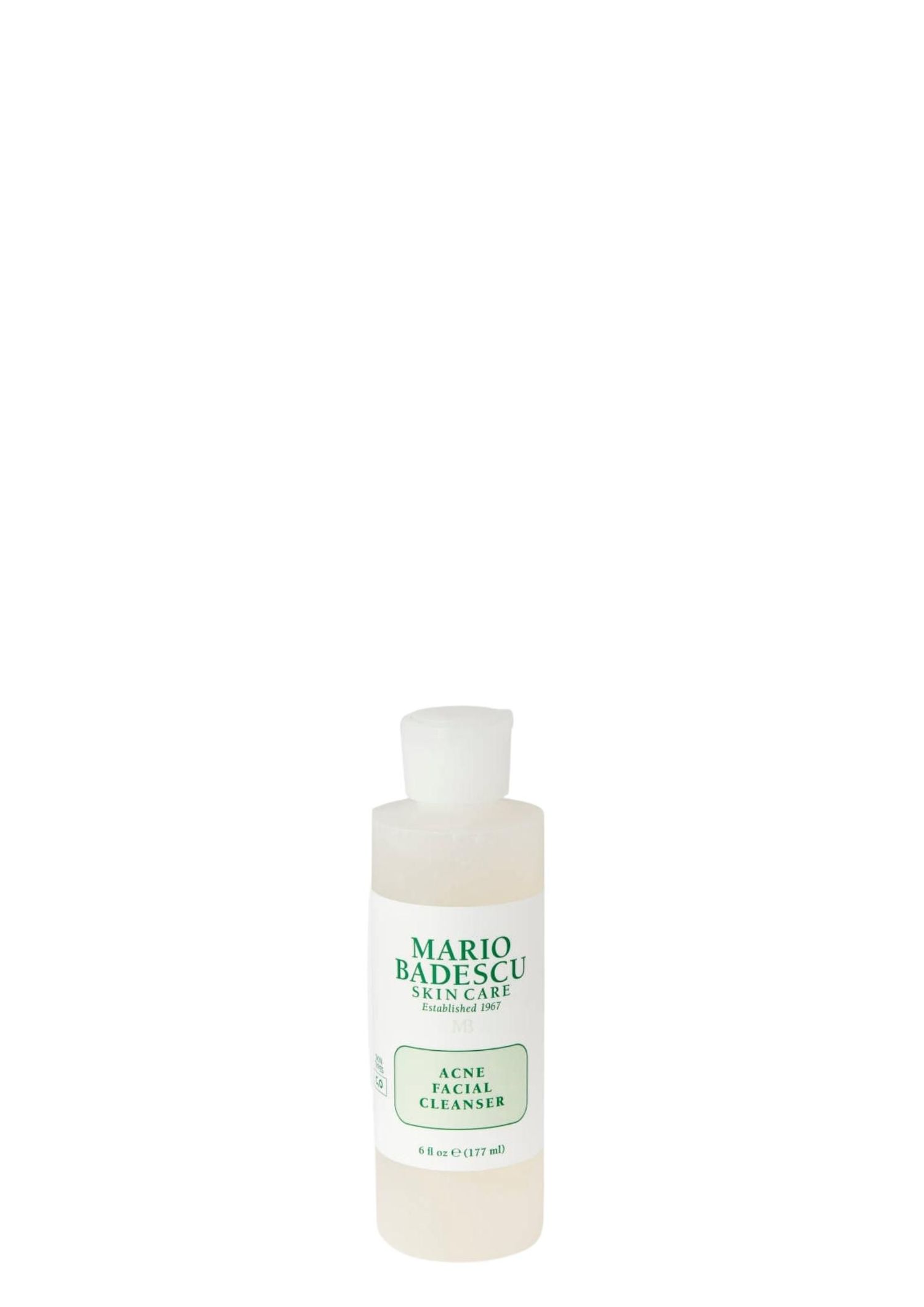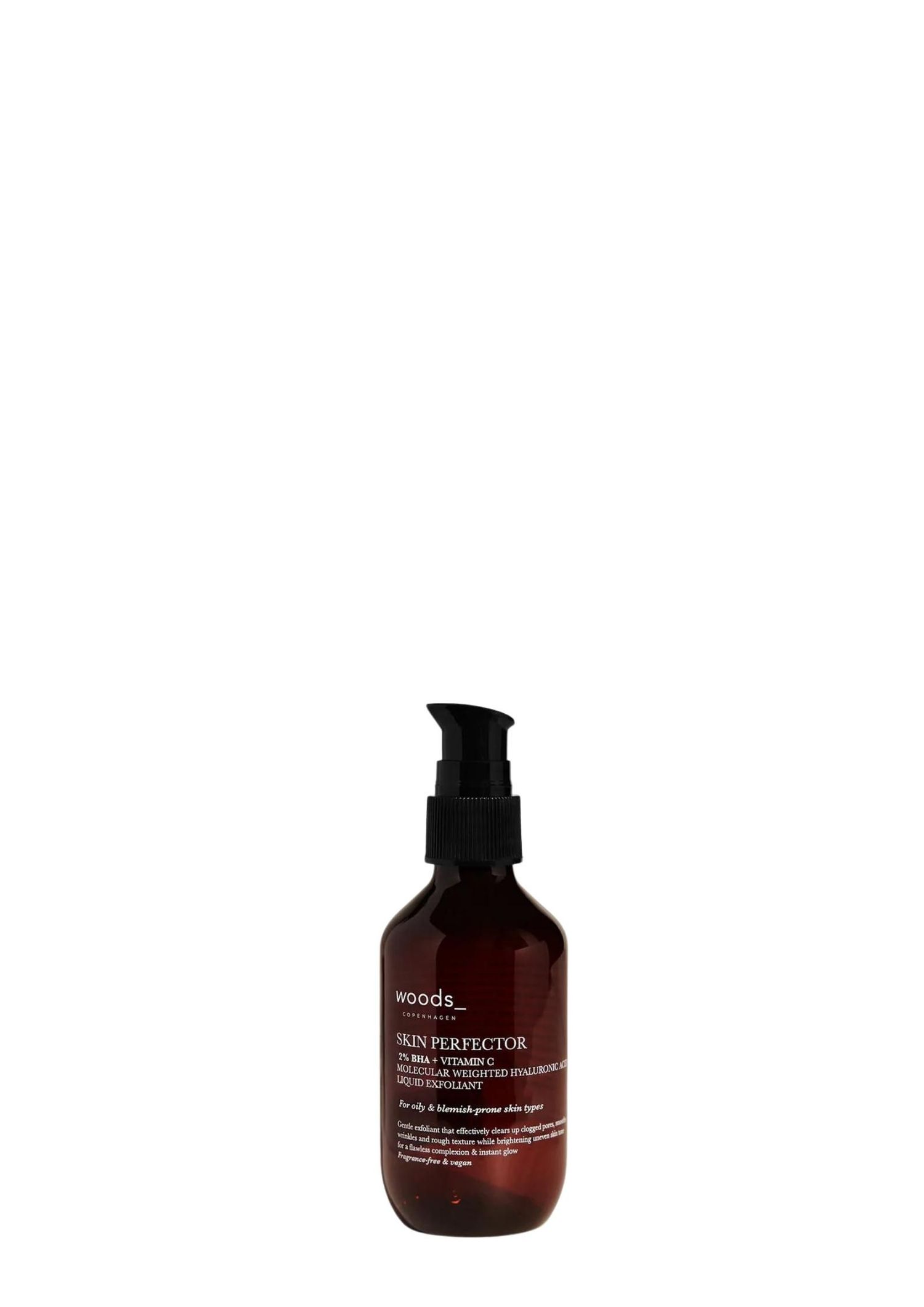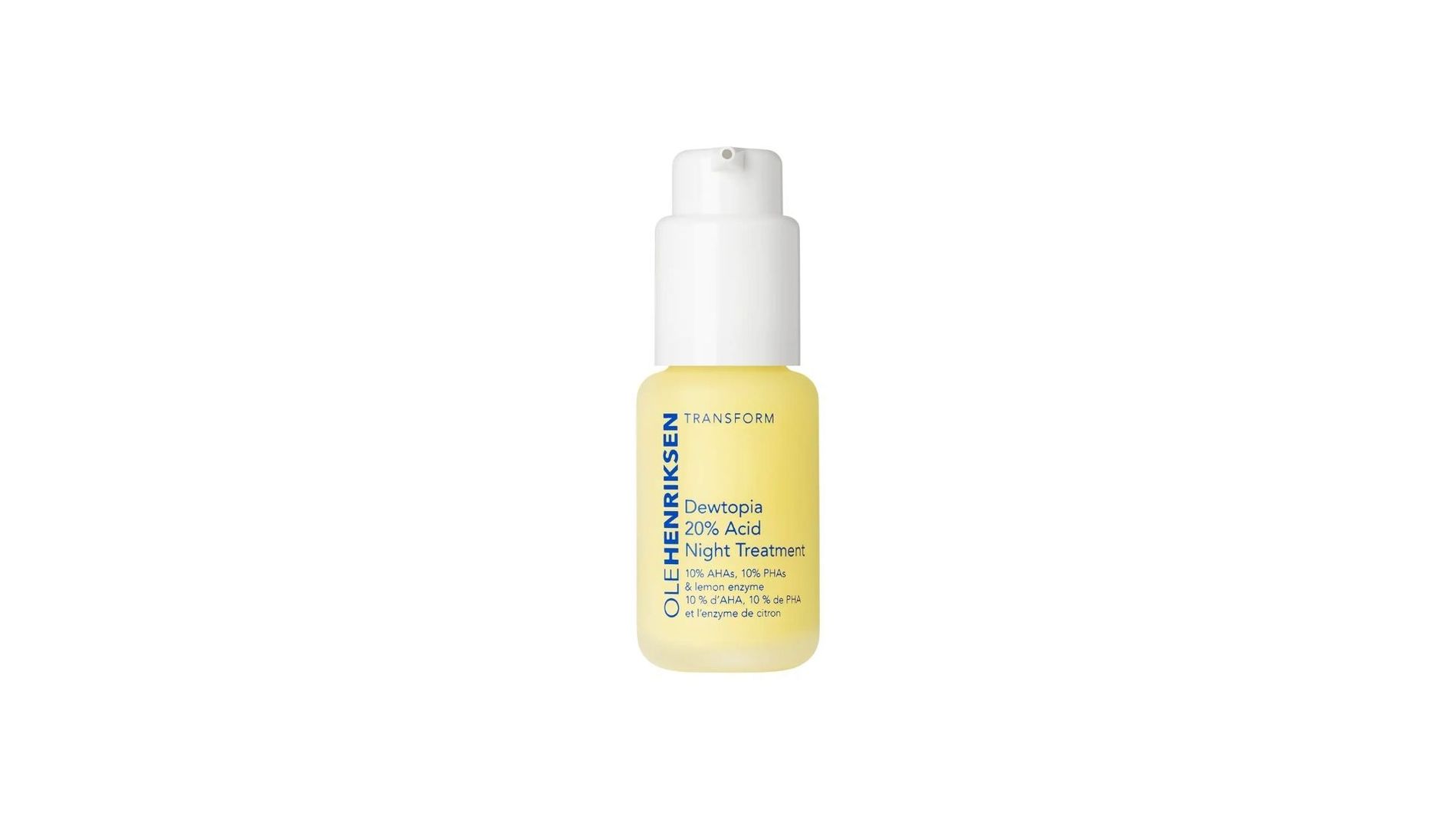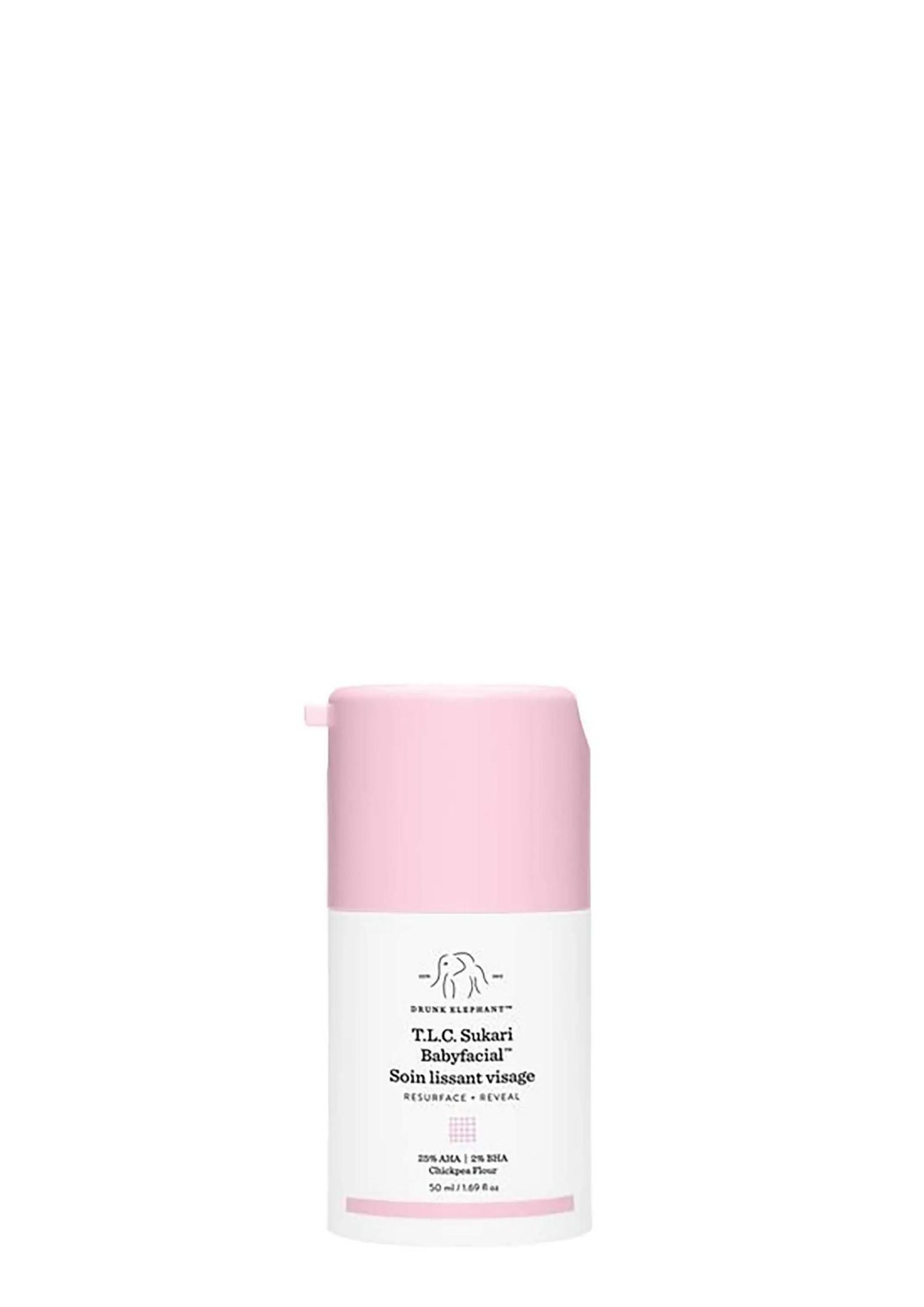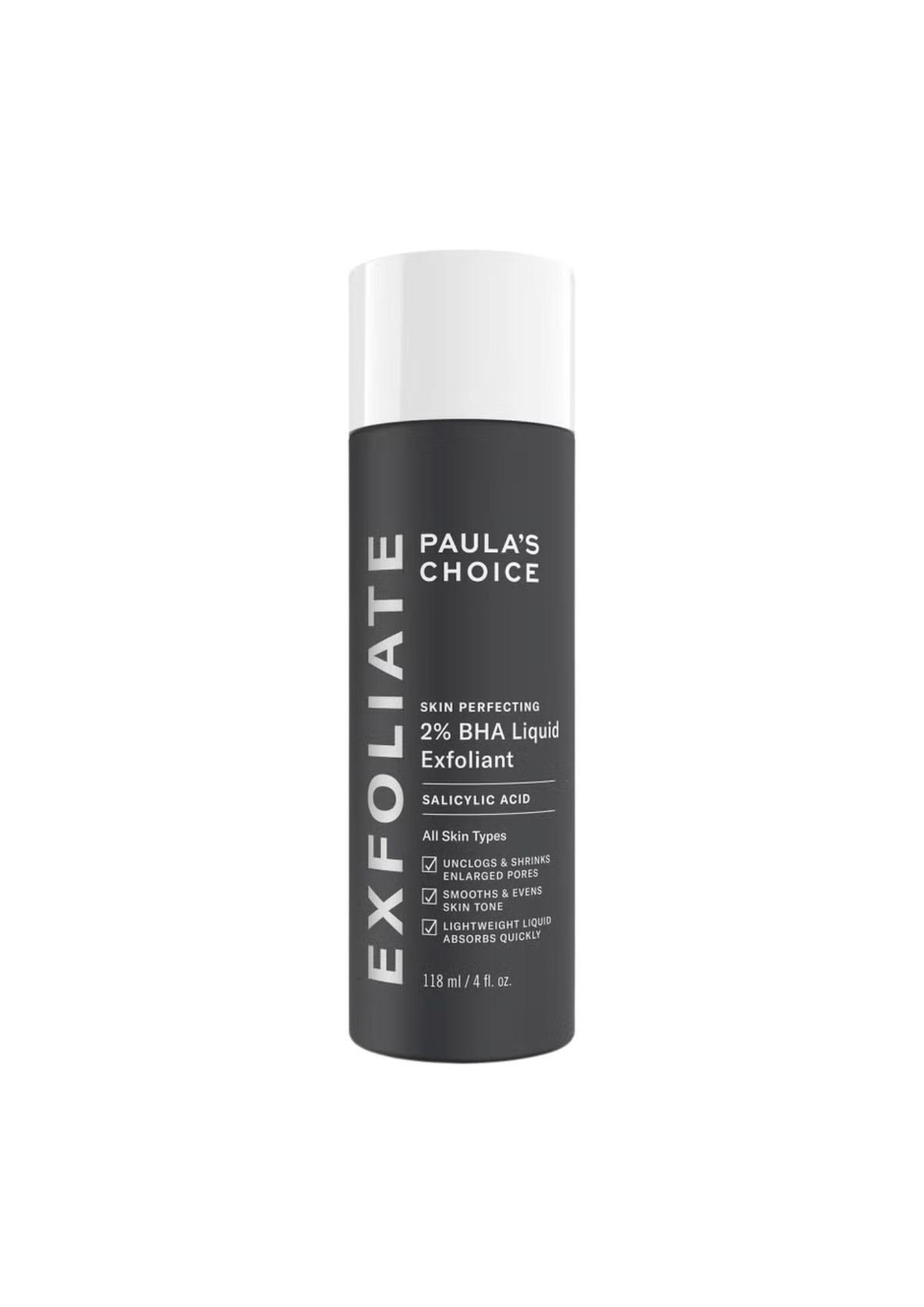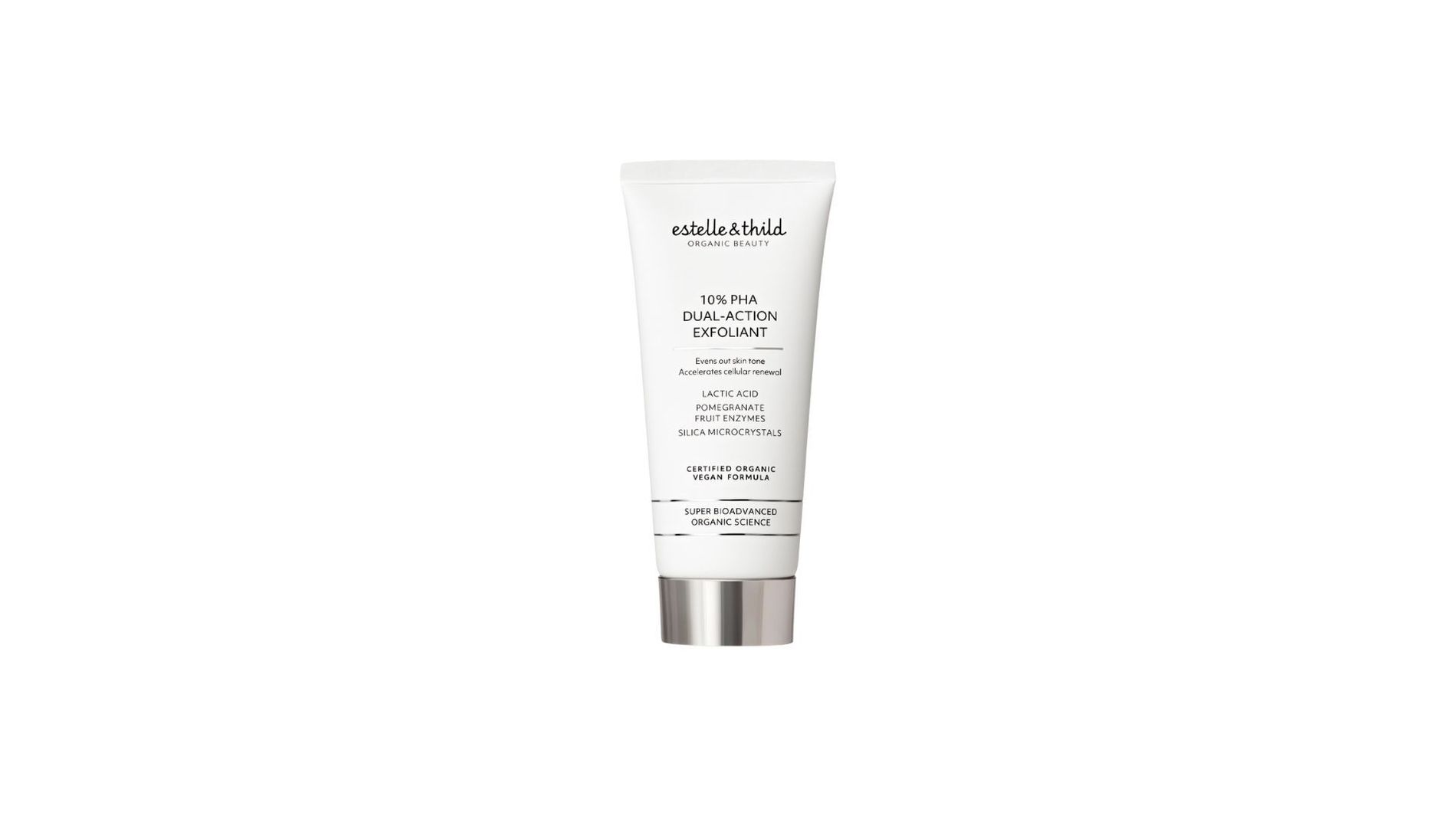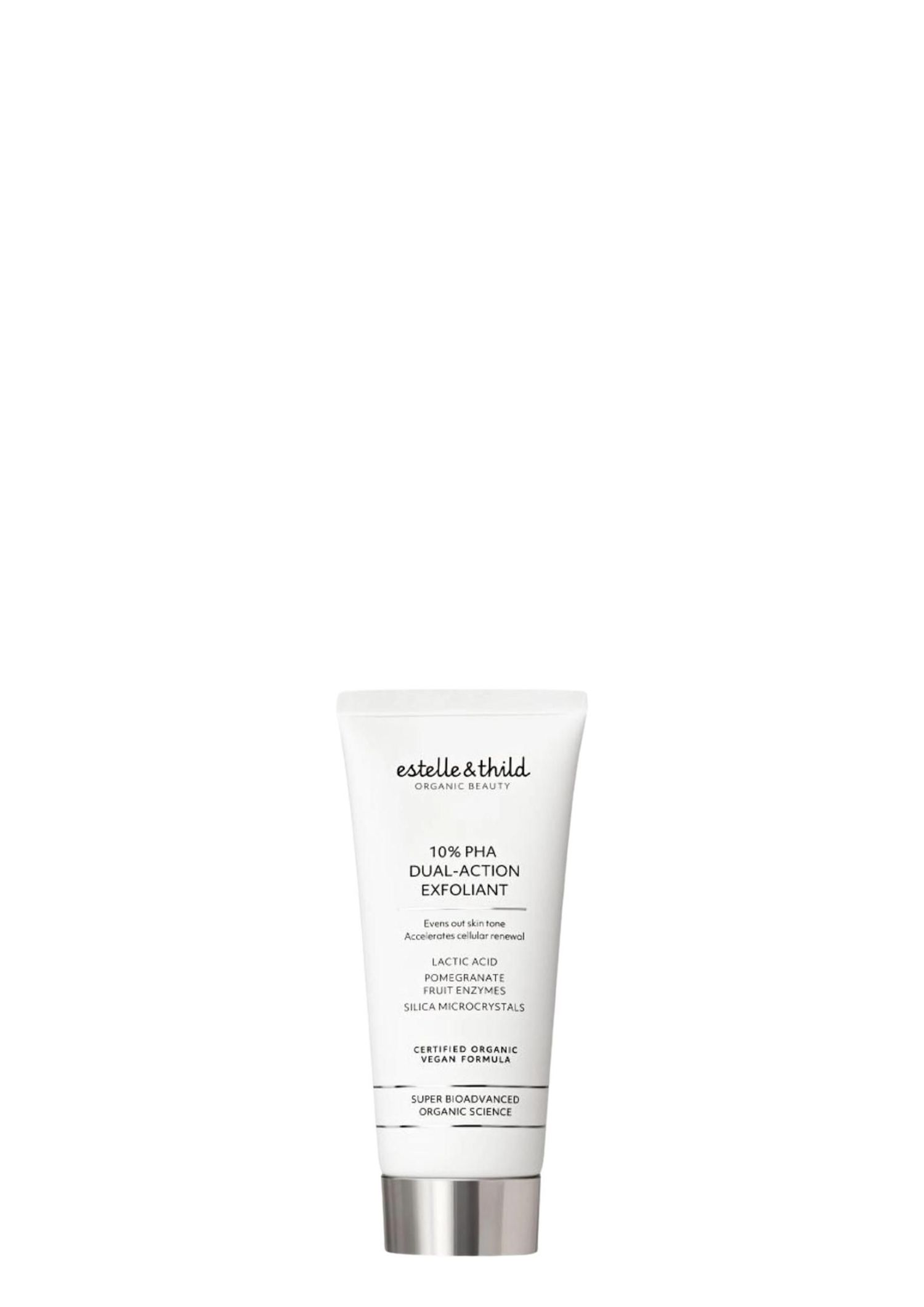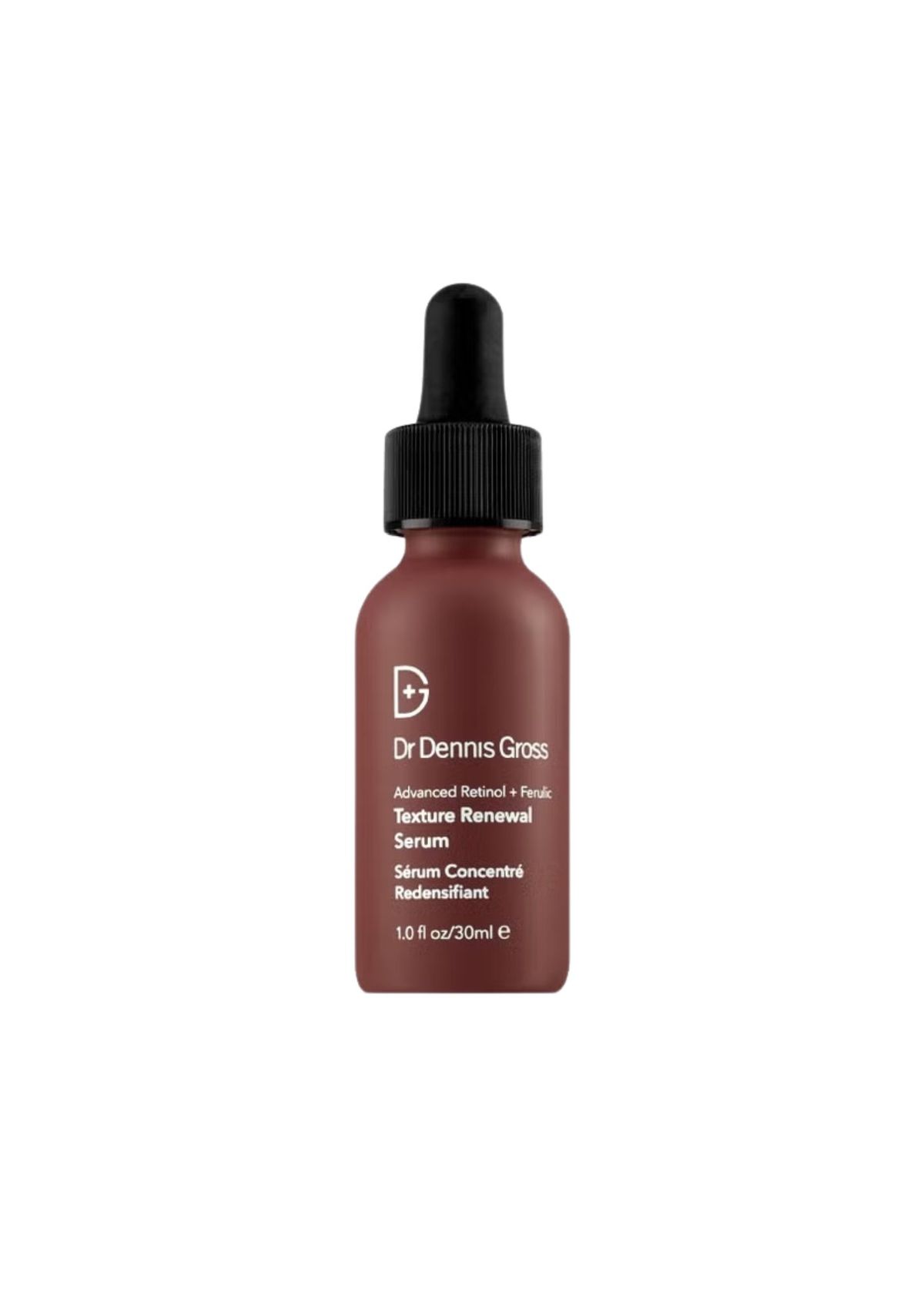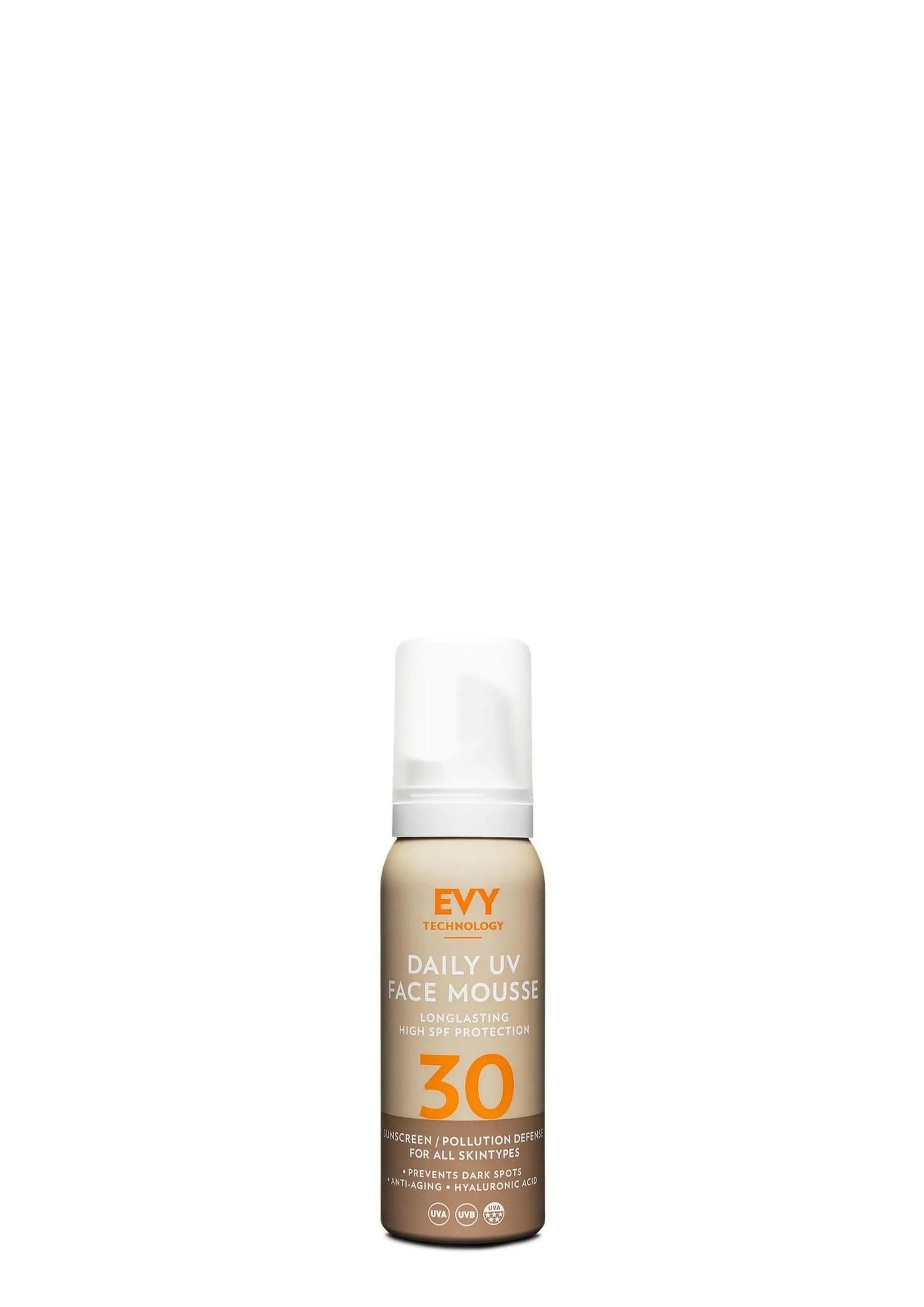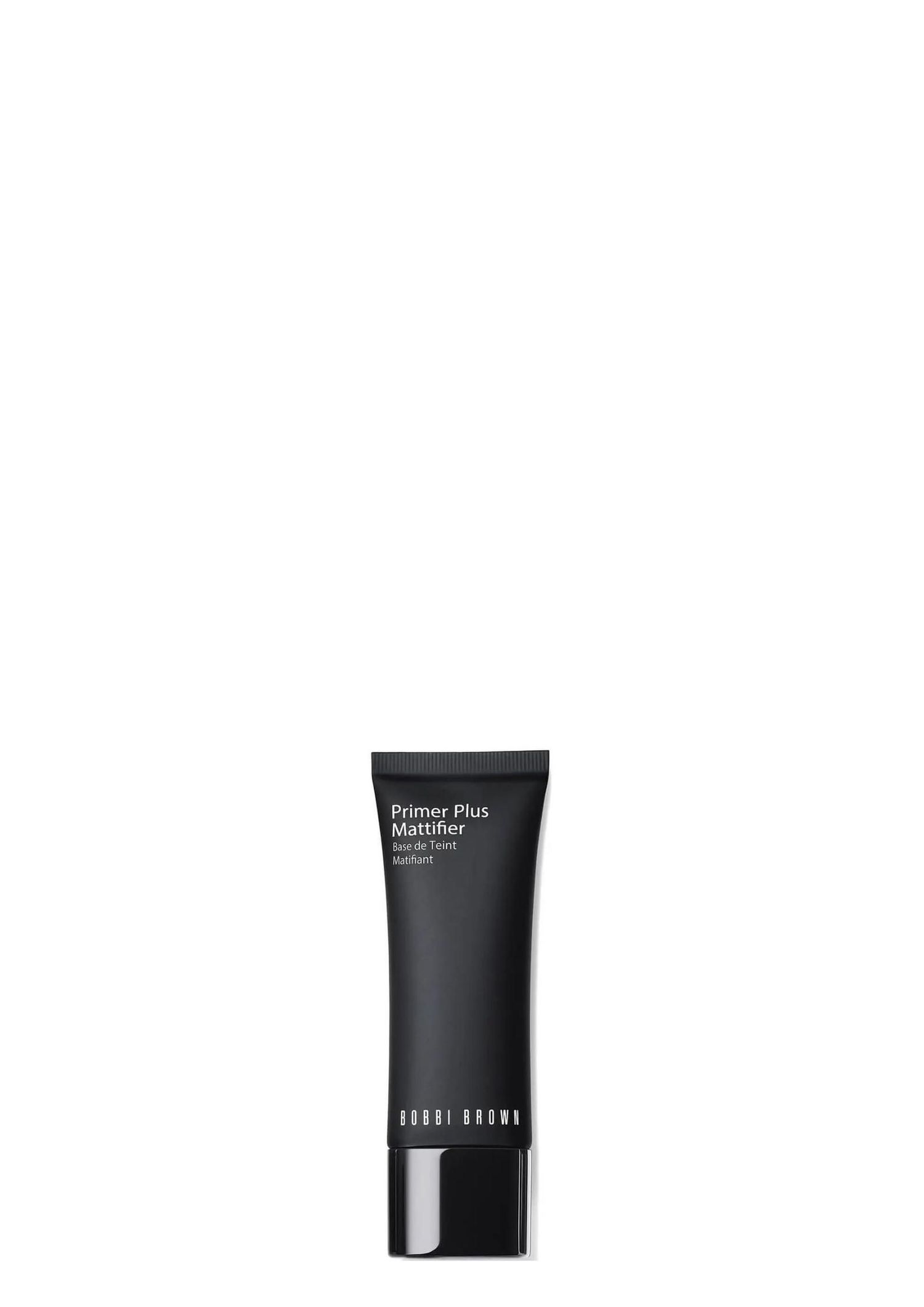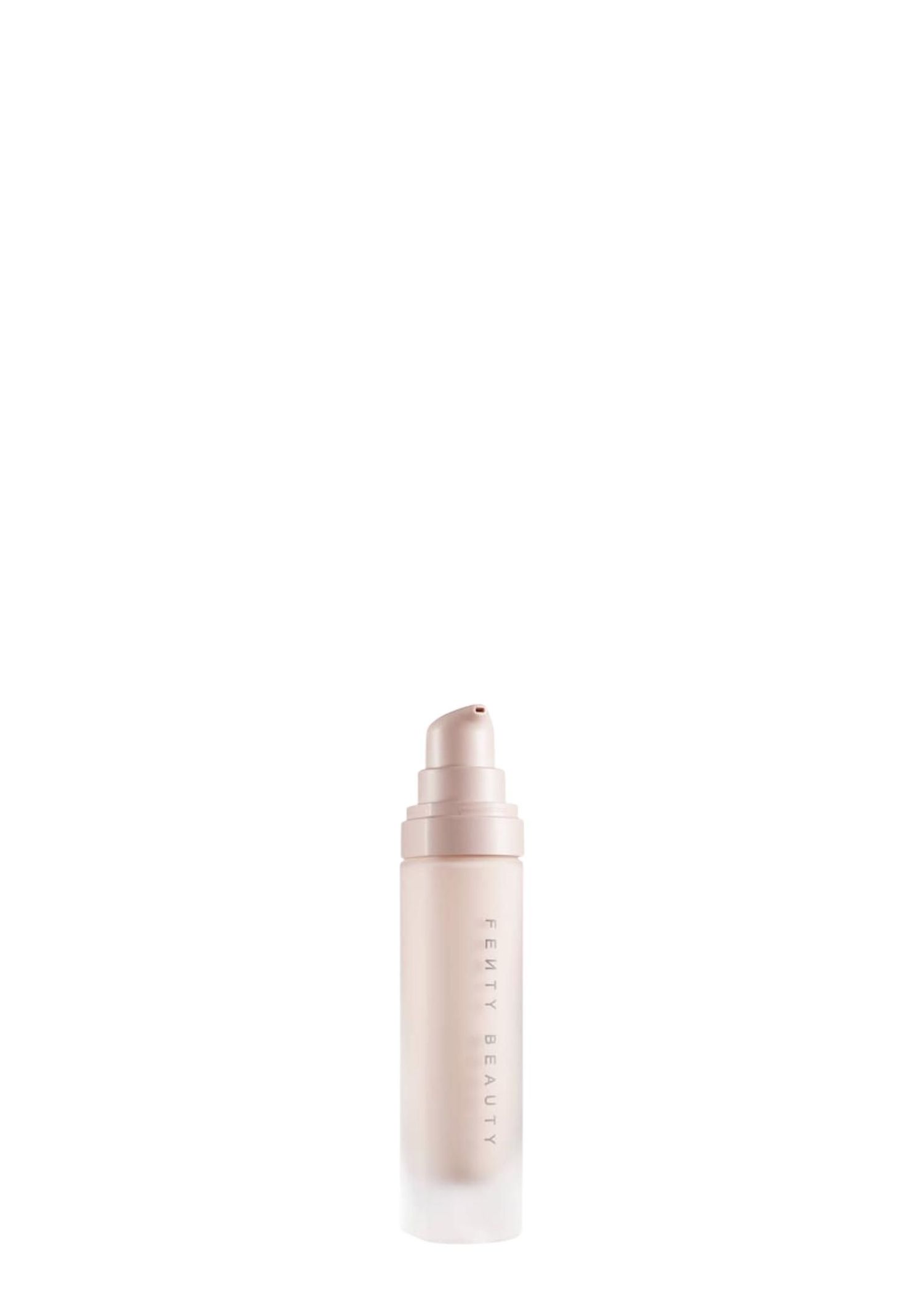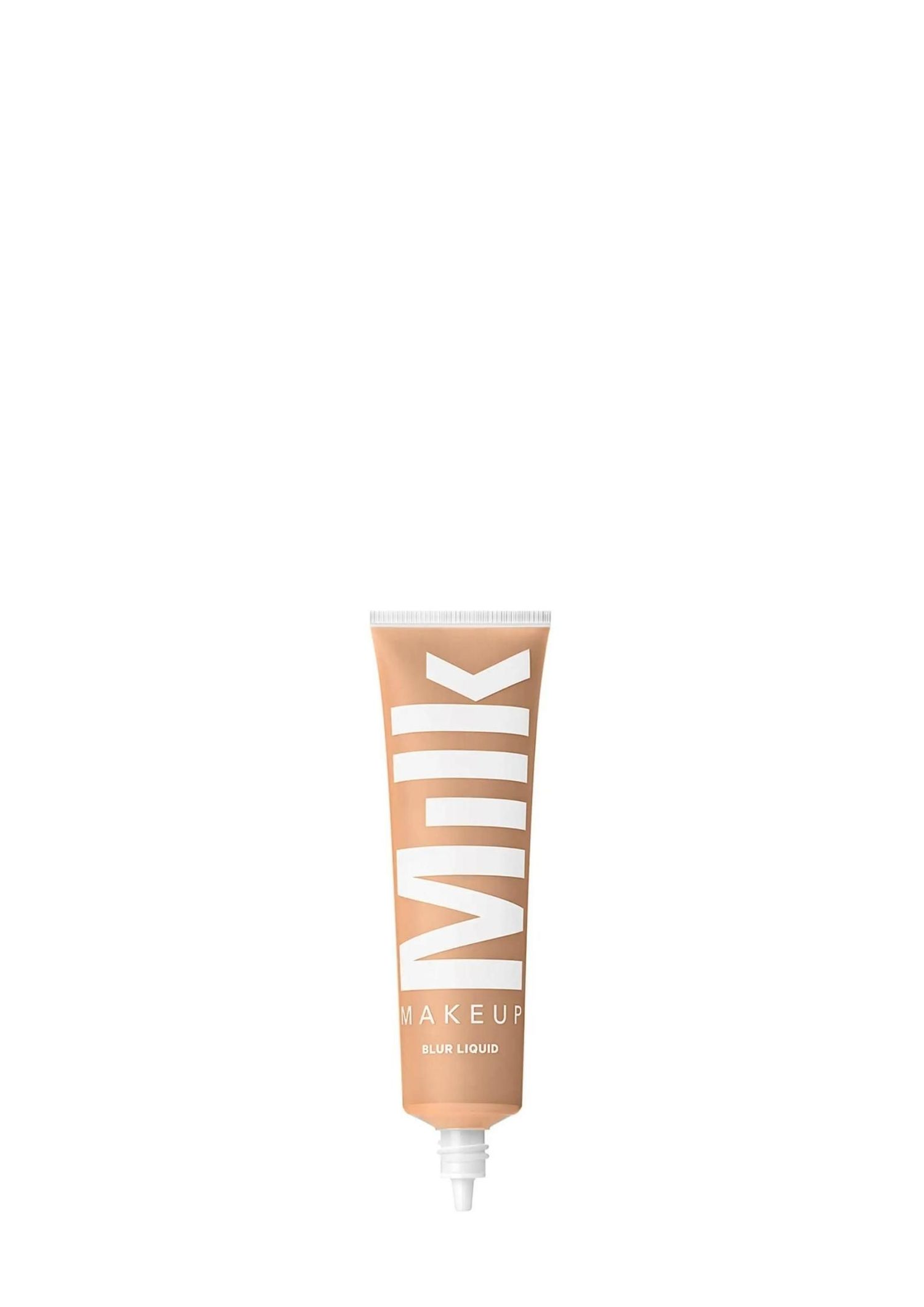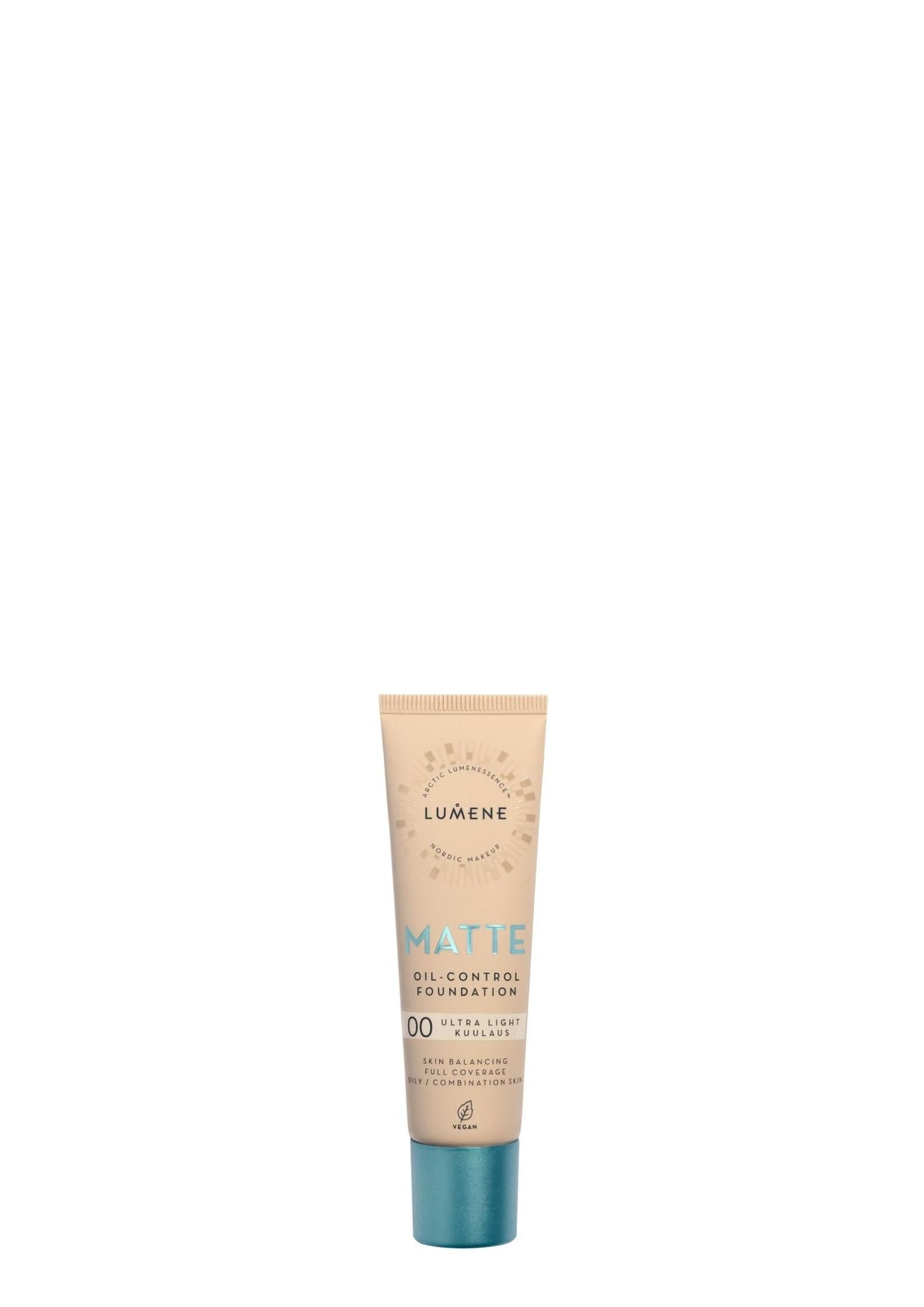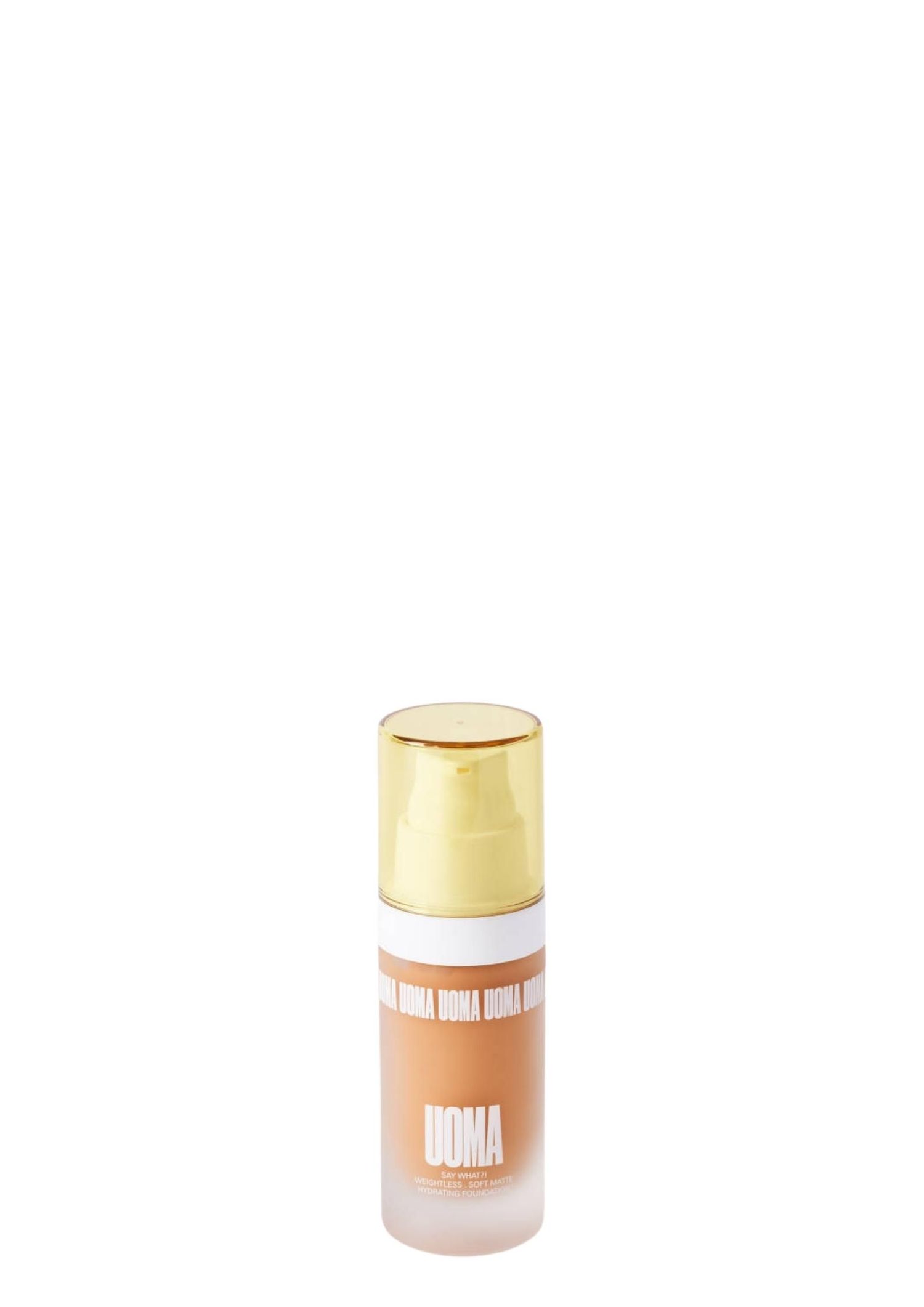Put away the magnifying mirror. Your pores are here to stay (which is actually a good thing) but there are a few ways you can minimise their appearance
All products featured on Vogue are independently selected by our editors. However, when you buy something through our retail links, we may earn an affiliate commission.
Pores get a bad rap, especially in the age of glass skin, which promotes the idea of an airbrushed, ice skating rink smooth complexion. Yet the average adult has approximately 20,000 of these pin-size holes on their face – and for good reason.
As consultant dermatologist Dr Anjali Mahto explains, “When we talk about ‘pores’, these are the openings on the skin surface of the hair follicles.” They allow the oil generated by the sebaceous glands to travel up the hair follicle and reach the surface of the skin in order to keep it moisturised. More, crucially, pores allow your skin to breath.
While it’s true that your pores may appear larger on some days or in certain climates, conventional beauty wisdom that you can physically ‘open’ and ‘close’ them is false. So any product that promises to ‘shrink’ your pores should be treated with a hefty dose of skepticisim.
The truth is, the size of your pores is determined by several factors, including genetics and skin type. But because they are concave in shape, pores can also accumulate dirt, excess stub, dead cells and leftover makeup, which causes them to become congested and stretch.
It’s not all bad news, though. There’s still a lot you can do to minimise the appearance of pores – and most of it centres on a solid skincare routine.
Cleanse the right way
Dr Mahto swears by salicylic acid in your cleanser to help to loosen and dissolve these impurities, so that they can be washed away. Facialist Nichola Joss subscribes to a carefully choreographed, Asian double-cleansing regimen – which involves using a cleansing oil to break down make-up, followed by a face wash or cream cleanser to purge pores. “Oil attracts oil, so sebum, sunscreen and grime dissolve better with an oil-rich cleanser than in water,” she says.
For a double duty cleansing oil try Erborian Black Cleansing Oil, which is charged with incredibly porous charcoal powder (hence the colour) to mop up impurities with hoover-like precision.
Pore-minimising cleansers
Incorporate exfoliators and masks in your routine
Good news for face mask enthusiasts: your self-care ritual may actually be beneficial for minimising the look of pores. Clay masks – bentonite or kaolin – are especially good at drawing out build up.
Also regularly exfoliate as some impurities are more stubborn to remove and can cause ‘plugs’ to form inside the pores. “If you’re using a scrub, exfoliate twice a week,” Martin Lyne, founder of Woods Copenhagen, notes. “When using more intensive peels apply them once a week,” he says of the trend for AHA and BHA chemical exfoliants, which dissolve dead skin cells.
Congestion-easing treatments
See retinol as an ally
You may also want to consider adding a retinol serum to your routine on the nights when you’re not using acid exfoliators. The benefits are two fold: retinol limits oil production and is known to speed up collagen production. “When skin is no longer as firm, pores look more obvious,” says Joss.
Irrespective of whether you use retinol, you should always apply sunscreen by day as UV rays can damage the support structure around the edge of pores.
Collagen-saving skincare
Reconsider your makeup base
In the same way that you would never use a rich, oil-based moisturiser on oily skin, the same logic applies to your choice of primer and foundation. “You want to steer clear of formulas that are heavy in oils – once they mix with sebum, they can leave skin looking patchy, shiny and uneven,” Warren Dowdall, Bobbi Brown senior pro artist, explains. “Water-based formulas control excess oil production, wear longer and help to minimise the look of pores by absorbing light and visibly ‘flattening’ areas with an uneven texture," he adds.
